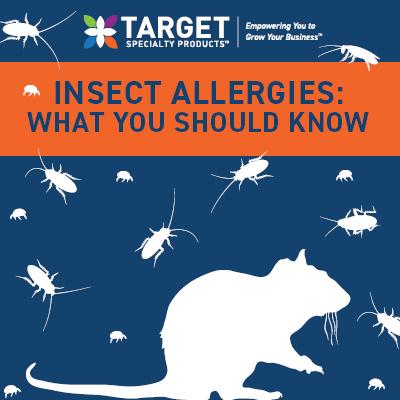
A 2020 national and state surveillance system administered by the Centers for Disease Control and Prevention (CDC) found that over 20 million adults and 5 million children were diagnosed with asthma, and over 1.5 million people visited an emergency department as the result of asthma. As climate change brings about earlier and longer springs in many areas of the U.S., those numbers are likely to increase even more.
There are several factors that can trigger allergies and asthma – from pollen and pet dander to smoke, pest proteins, and more. As a pest management provider, it’s important to consider how triggers can vary from person to person, and to be aware of how pest infestations can directly impact the air quality in homes and businesses. For example, a sudden and unexplained onset of asthma or allergies, may indicate that a customer has an undiagnosed pest issue, and not just seasonal allergies.
Discover which pests are most likely to trigger asthma and allergic reactions and what you can do to provide peace of mind and help prevent health and/or liability risks for your customers.
Top 4 pests that can trigger asthma and allergies
- Cockroaches (Blattodea) – Feces, shed body parts, and saliva can trigger asthma and allergies when particles become airborne or from direct contact. According to the National Pest Management Association, 63% of homes in the U.S. contain cockroach allergens. In urban areas, that number increases substantially ranging from 78% to 98% of homes. Something to note is that reactions to cockroach allergens will often last beyond the typical allergy season.
If a customer suspects they’re reacting to cockroach allergens, they can be tested by an allergist to help rule out other factors. In the meantime, remind residential and commercial customers about preventative strategies they can implement for reducing cockroach activity and for providing a healthier environment overall.
Effective strategies for keeping cockroaches away are removing clutter from counters, sinks, tables and floors; keeping food stored in airtight containers; cleaning dishes, crumbs, and spills right away; and sealing cracks and openings under sinks and around and inside cabinets.
Target is happy to help you select the right products for customers who are needing cockroach control. Contact us today! - Rodents (Rodentia) – Urine, saliva, and skin from rats and mice contain allergens; however, the protein in their urine is most likely culprit for causing an allergic reaction. When people who are allergic come in contact with any of these three rodent remnants, either directly (contact) or indirectly (inhalation), they can have an allergic reaction, which may result in skin rashes, mild allergy symptoms, reduced lung function, asthma, and in extreme cases, anaphylactic shock.
If a customer suffers from rodent allergies and suspects they have a rodent infestation, expediency is of the utmost importance when it comes to managing a rodent issue. And, because allergies are often genetic, you may be working with a customer with children who are also allergic to rodents.
According to the Environmental Protection Agency, asthma is the third-ranking cause of hospitalization for children 15 years and younger, and nearly 1 in 13 children of school-age has asthma. Commercial accounts where children are present, such as daycares, schools, learning centers, etc. should also be handled with the same care and urgency. - Dust mites (Dermatophagoides spp.) – Proteins shed by dust mites (body parts and droppings) contribute to common household allergens and can quickly trigger allergic reactions. Because dust mites are microscopic arthropods that live in bedding, carpet, upholstered furniture, stuffed animals, and house dust, their presence can be difficult to confirm. Your best bet is to try to help reduce the possibility of dust mites by offering the following tips:
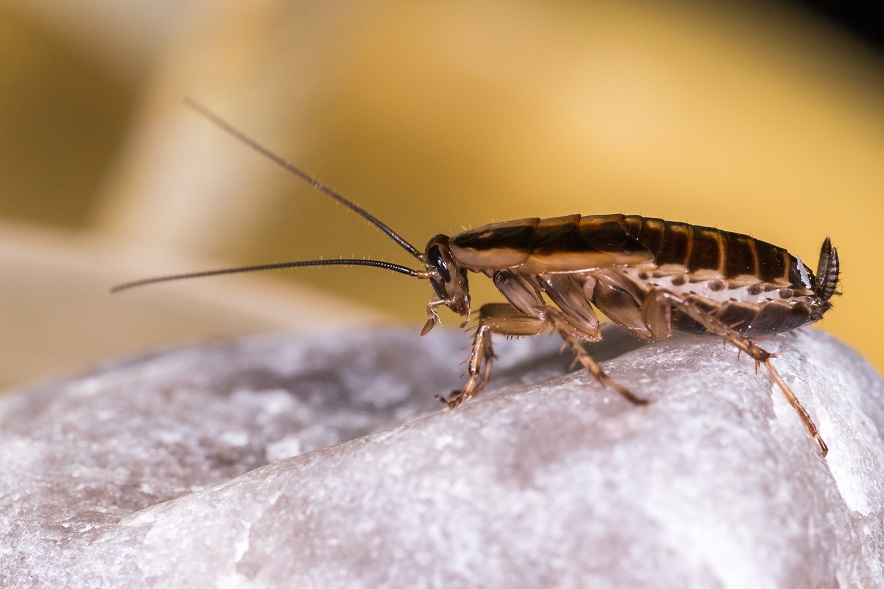
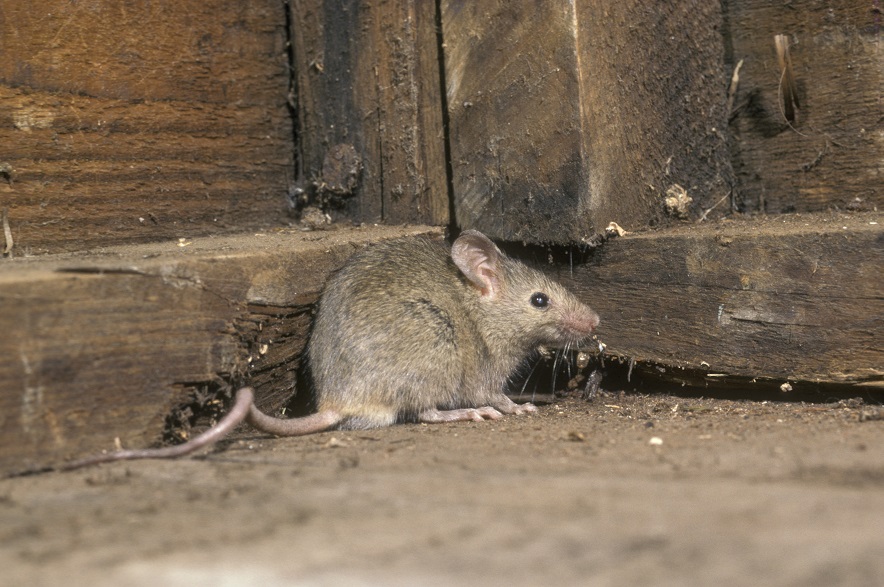
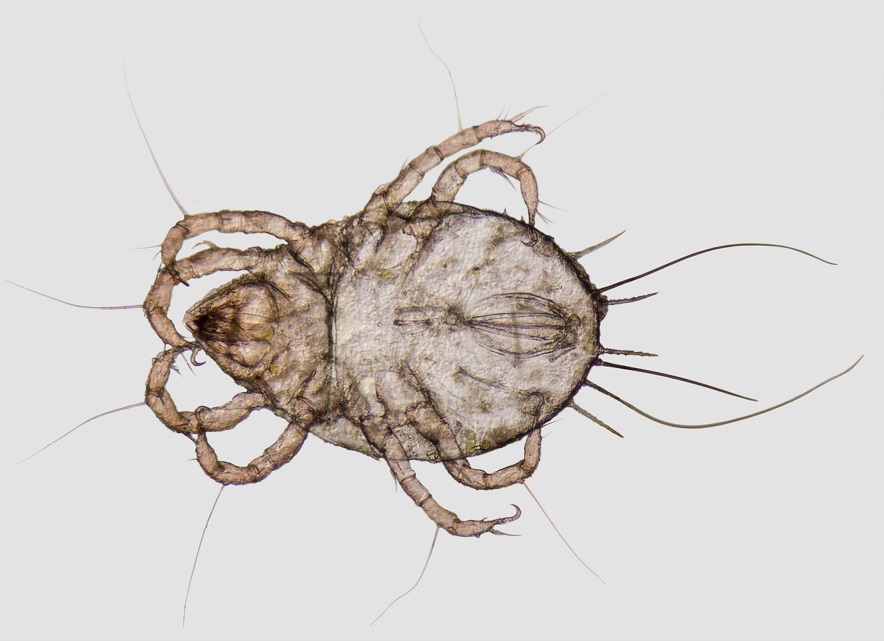
- Maintain an environment with a humidity level below 50% by using a dehumidifier to eliminate excess moisture.
- Wash sheets and blankets each week in hot water. Stuffed animals, too.
- Vacuum carpeting and upholstery, and dust weekly.
- Encase pillows and mattresses using dust mite covers, avoiding down- or feather-filled pillows all together.
Although it’s nearly impossible to completely eliminate dust mites, using preventative strategies such as these will help reduce allergens in the air.
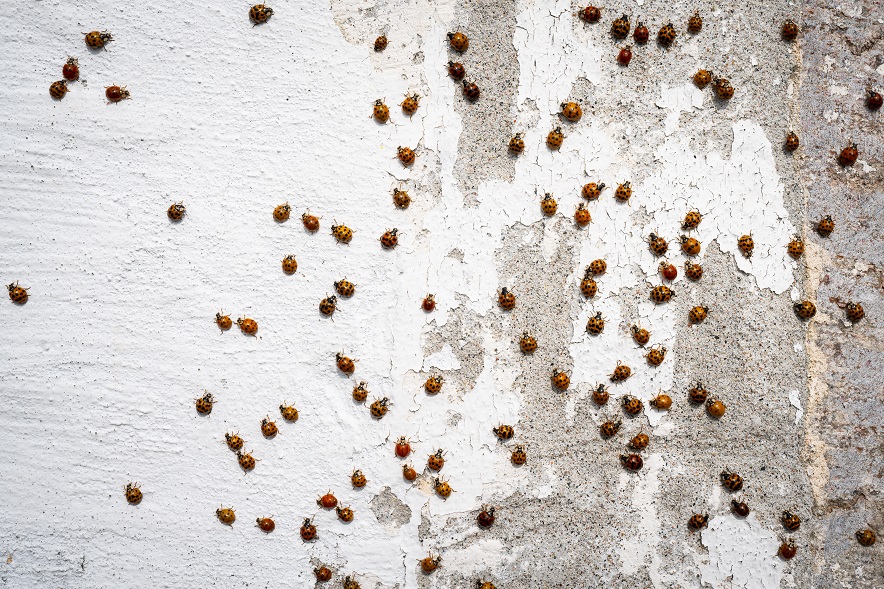
- Asian lady beetles (Harmonia axyridis)– Another pest that can cause inhalant and contact allergies is the Asian lady beetle. Although they are typically not a year-round nuisance, when large numbers of Asian lady beetles do invade buildings in late fall to avoid exposure to cold weather, they can induce allergic reactions in people who are prone to insect allergies.
Asian lady beetles may bite people, which can result in hives or a rash. They may also excrete isopropyl methoxy pyrazine when they are agitated or as a defense mechanism, which can result in conjunctivitis if the chemical the insect excretes comes in contact with a person’s eye. Prolonged exposure to infestations has also been reported to cause allergic reactions in some humans (Yarbrough et al 1999, mangnan et al. 2002). The presence of dead Asian lady beetles can cause respiratory allergies such as asthma or rhinitis.
If you have a customer who is allergic to Asian lady beetles, offer exclusion services in the fall to help keep them out of their business and/or home.
Eliminating pests that can trigger asthma and allergies
As with any pest issue, using an integrated pest management approach is often the best solution. By offering exclusion services, inspections, treatments, follow ups, etc. you can provide customers who are prone to pest allergies with peace of mind and perhaps the ability to breathe a little easier knowing you’re doing all that you can to help rid them of allergy-triggering pests.
For help selecting the best pest control products to meet the needs of your customers, please contact one of our knowledgeable sales representatives today.
Sources:
- Magnan EM; Sanchez H; Luskin AT; Bush RK. 2002. Multicolored Asian lady beetle (Harmonia axyridis) sensitivity. Journal of Allergy and Clinical Immunology, Volume 109, Issue 1, pp 205
- Yarbrough, JA MD, Jack L. Armstrong, MD, Michael Z. Blumberg, MD, Amy E. Phillips, BS, Edna McGahee, RN, William K. Dolen, MD. Allergic rhinoconjunctivitis caused by Harmonia axyridis (Asian lady beetle, Japanese lady beetle, or lady bug) Journal of Allergy and Clinical Immunology September 1999, part 1, Volume 104, Number 3, p704 to p 705
- Botezatu AI, Kotseridis Y, Inglis D, Pickering GJ. Occurrence and contribution of alkyl methoxypyrazines in wine tainted by Harmonia axyridis and Coccinella septempunctata. J Sci Food Agric. 2013 Mar 15;93(4):803-10. doi: 10.1002/jsfa.5800. Epub 2012 Oct 19. PMID: 23079938.
- Albright DD, Jordan-Wagner D, Napoli DC, et al. Multicolored Asian lady beetle hypersensitivity: a case series and allergist survey. Annals of Allergy, Asthma & Immunology. 2006;97(4):521-527. doi:10.1016/s1081-1206(10)60944-1

